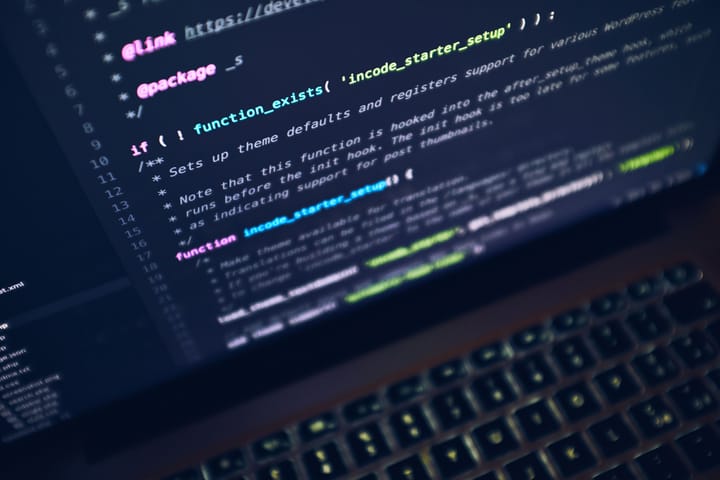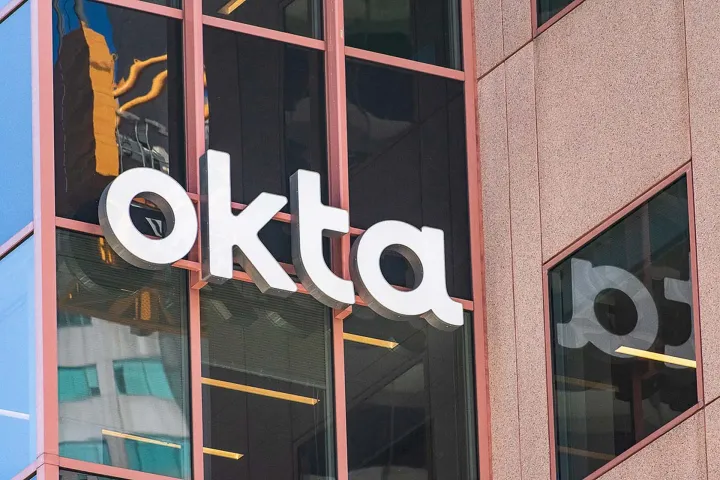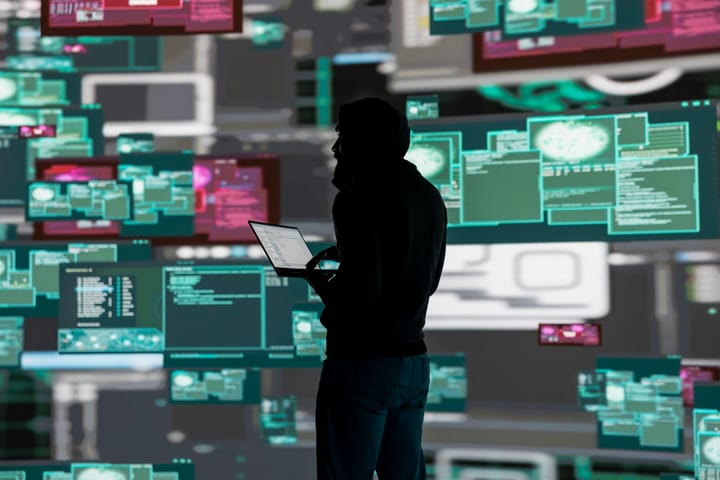India’s Education Sector Hit by 8,487 Cyberattacks Weekly
Overall, Indian organisations across industries face 3,278 cyberattacks per week on average

A Check Point Software Technologies research reveals that the Indian Education and Research sector experienced an average of 8,487 cyberattacks per week over the past six months, nearly double the global average of 4,368 attacks per organisation.
Following Education/Research, the most attacked industries in India include Healthcare (5,401 attacks), Government/Military (4,808 attacks), and Consulting (4,204 attacks).
Overall, Indian organisations across industries face 3,278 cyberattacks per week on average, far exceeding the global average of 1,934.
The exceptionally high attack volume in India’s education sector stems from a unique combination of factors. The rapid digital transformation driven by hybrid learning models, connected campuses, and extensive use of personal devices has significantly expanded the sector’s attack surface.
“While institutions have made commendable investments in securing their digital environments, the complexity and scale of modern cyber threats demand a new strategic posture. A prevention-first approach, reinforced by hybrid mesh security architecture underpinned by cloud-native security, endpoint protection, and actionable threat intelligence, is no longer optional—it is foundational," Sundar Balasubramanian, Managing Director for India and SAARC at Check Point Software Technologies, said.
Many academic institutions operate with limited cybersecurity budgets and lack dedicated teams, making them vulnerable and easy targets for cybercriminals.
Furthermore, 74% of Indian organisations report critical vulnerabilities related to Information Disclosure, followed by Remote Code Execution (62%), Authentication Bypass (50%), and Denial of Service (30%).
These risks are especially pronounced in education institutions that rely heavily on open, internet-facing platforms for learning and collaboration. In contrast, sectors like healthcare benefit from stricter regulatory compliance and more mature cyber resilience frameworks, making education a comparatively softer, less protected target.



Comments ()